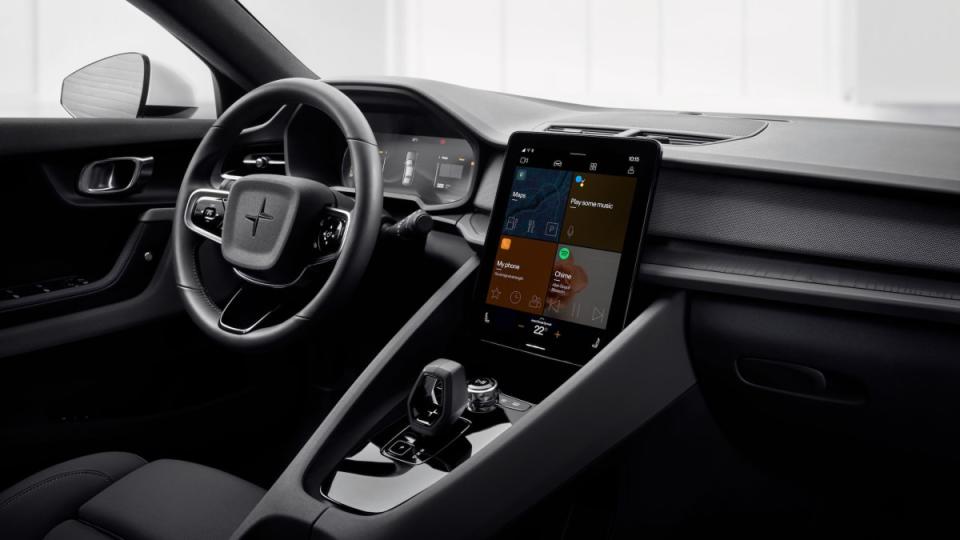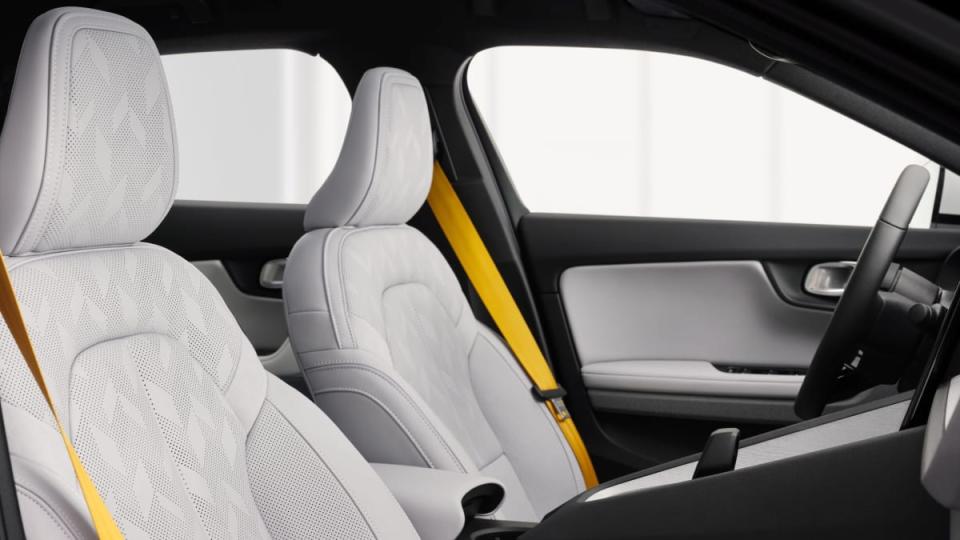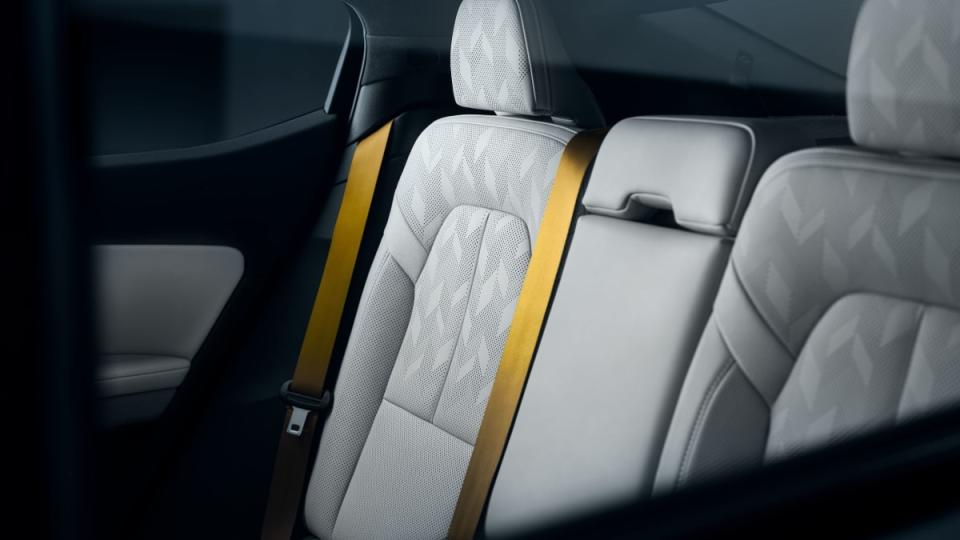2024 Polestar 2 First Drive Review: Why you might consider this updated alternative to Tesla

DENVER — On the surface, it would seem that the Polestar 2 electric car is the most direct competitor in America to the Tesla Model 3. Look closer, though, and you may decide it is instead the antithesis of Tesla’s lowest-priced EV sedan. In fact, in many ways Polestar as a brand is quite unlike its American rival – perhaps the most compelling facet of that argument is the fact that Polestar has proven adept at getting well-built products into customer hands within an admirably short timespan, whereas Elon Musk’s electric vehicles are known to take way longer than expected to come to market.
That brings us back to the 2024 Polestar 2. It represents the first major refresh of the Swedish-designed and Chinese-built EV since it debuted in 2020. From the outside, the freshening looks like it was performed with a very light touch. The basic shape remains unchanged, a unique blend of sedan and hatchback that looks like it sits on its wheels somewhere between a compact car and a small crossover. The only notable update is a so-called “SmartZone” panel that incorporates all the front radar and camera modules, and replaces the previous 2’s vertical-bar grille.
Under the surface, the biggest news is the addition of a single-motor version of the car with an all-new and more powerful motor driving the rear wheels; the previous entry point into the range had a lower-output motor powering the front wheels. There’s also a redesigned all-wheel-drive powertrain that boosts both efficiency and performance.
If you’re looking for a reason to choose the 2024 Polestar 2 (or even a past version of the 2) instead of a Tesla Model 3, we’d like to direct your attention to the interior. Whereas the best-selling Tesla is spartan and techy, the Polestar is comparatively comforting and luxurious. A variety of textures work together to form a cohesive design in the Swedish car, from the base textural fabric and three-dimensional plastic trim, to the Plus Pack’s comfy Weavetech textile and wood, to the upper-level embossed Nappa leather. No matter how it’s configured, the look manages to straddle the line between sensibly functional and modern.



Unfortunately (and unlike the Tesla), the Polestar 2 has a raised tunnel between the seats despite the fact that it has no transmission or driveshaft. Polestar told us that future cars – the 3, 4, 5 and 6 have already been announced – will ride on a skateboard platform with a flat floor. If passenger space, particularly for rear-seat occupants where headroom is limited and the seatback isn’t adjustable, is of paramount concern, competitors like the Model 3 and Hyundai Ioniq 6 are superior alternatives. So are those with hatchback/SUV body styles, including the Ford Mustang Mach-E, Hyundai Ioniq 5, Kia EV6 and Volkswagen ID.4.
There’s the expected centrally located touchscreen to control most of the car’s infotainment features, which are all powered by an Android-based operating system. Unlike its main competitor, there is also a lovely digital instrument cluster directly in front of the driver. For would-be buyers with disdain or skepticism for the one-big-screen ownership experience, this second screen may be a deciding factor in Polestar’s favor. Both screens look crisp, with good graphics and well-chosen colors. We used Google Assistant and Google Maps, both standard applications in the 11.2-inch infotainment screen, and everything worked flawlessly. Sending the navigation guidance to the 12.3-inch screen in front of the driver equals an excellent user experience. We also confirmed Apple CarPlay worked without a hitch. Speaking of hitches, all Polestar 2s can tow up to 2,000 pounds.
Buyers can pick from three motor/performance configurations: the standard rear-wheel-drive Polestar 2 (shown below in Magnesium gray), a slightly more expensive all-wheel-drive version that for 2024 has more rear-wheel bias than before, and the Performance Pack version (shown above in Midnight blue) that bumps AWD power from 421 to 455 horsepower (down slightly from 2023’s 476 hp). Torque stays flat at 546 lb-ft with both AWD versions (up from a max of 503 in 2023). As tempting as a 0-60 time of just 4.3 seconds sounds (4.1 with the Performance Pack or with an after-purchase download), we walked away from our comparison test of the standard model and a Dual motor model equipped with the Performance Pack feeling the standard rear-drive package is more intriguing. Power comes in at 299 hp and 361 lb-ft, enough to push the 2 from 0-60 in 5.9 seconds.

 Yahoo Autos
Yahoo Autos 
